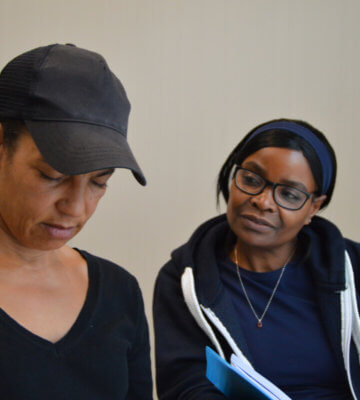
Behaviour Therapy for Blood Phobias
This short article outlines the nature of the main evidence-based psychological therapy for blood phobia and related problems, Öst’s Applied Tension technique.
Hypno-CBT® In Practice: Imagery, Addiction & Gambling Harms – BOOK NOW
Next Hypno-CBT® Diploma: Webcast – May 2025 – Online: 1st April 2025
FREE WEBINAR: A Career in Hypno-CBT®? Register


Articles about different forms of cognitive-behavioural therapy (CBT).

This short article outlines the nature of the main evidence-based psychological therapy for blood phobia and related problems, Öst’s Applied Tension technique.

This brief article distinguishes between three forms of relaxation and three corresponding categories of relaxation techniques used in modern therapy.

This is a brief article introducing the cognitive-behavioural approach to hypnotherapy in plain English and answering some frequently asked questions (FAQs) about the nature and history of cognitive-behavioural hypnotherapy and doing training courses in the subject.

Problem-Solving Therapy (PST) is a brief evidence-based cognitive-behavioural therapy that attempts to help clients improve their skill and confidence with regard to solving their life problems in general. This article explores the potential for combining PST with hypnotherapy.

Recent advances in the cognitive therapy of generalised anxiety disorder have focused on the role “intolerance of uncertainty” plays in triggering and maintaining chronic worry, this article provides a brief outline of the approach.

This short article explains how hypnotism actually originated, in part, under the influence of Oriental meditation techniques, described in the writings of James Braid, the founder of hypnotherapy.

This article outlines some basic concepts and strategies employed in cognitive-behavioural hypnotherapy.

This article aims to evaluate the relevance of cognitive-behavioural theory in the field of hypnosis for the practice of cognitive-behavioural therapy (CBT). It begins with a brief historical overview of the theorists and concepts in question and definition of key terms. It proceeds to discuss the relationship between theories of psychopathology in hypnotherapy and CBT, and finally to consider the relationship between clinical interventions employed in cognitive-behavioural hypnotherapy and their practical relevance to CBT.

This detailed article reviews the central concepts and techniques used by Émile Coué in his famous method of “Conscious Autosuggestion” an important self-help system, cousin of hypnotherapy and precusor to modern self-hypnosis and cognitive-behavioural skills training methods in psychotherapy.

This article attempts to briefly outline the historical context and origin of cognitive-behavioural hypnotherapy, a major sub-modality of modern hypnotherapy. It proceeds to examine the relationship between hypnotherapy and cognitive-behavioural therapy (CBT) from this perspective.

Hypno-CBT(rtm) is a proprietary model of cognitive-behavioural hypnotherapy. This article provides a basic overview and explanation of this approach.

Morton Prince’s approach to psychotherapy, as described in his 1906 article, illustrates the use of “rational persuasion” methods in hypnotherapy, an early precursor of modern cognitive-behavioural hypnotherapy.
